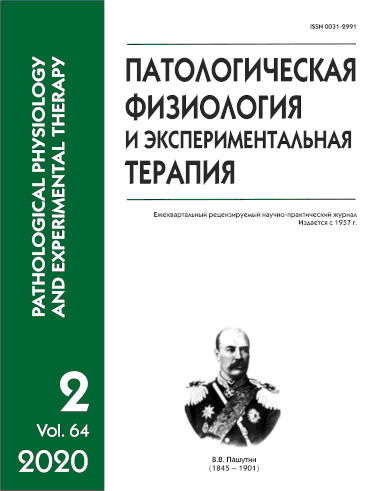Osteocalcin
Abstract
As a general outcome of modern biomedical research, it has become customary to discover relationships “of everything with everything”. A quarter-century history of studying osteocalcin is an example of this trend. For 25 years, the scientific status of this substance has progressed from a protein with an unknown function that is nothing but the second most concentrated substance in bones to an osteokine, which extends its influence far beyond the morphological and one-dimensionally understood functional boundaries of the bone. It has become clear that osteocalcin mediates effects of the bone on multiple aspects of life, including energy metabolism, brain development and function, and reproduction. The state-of-the-art knowledge about osteocalcin properties makes it a promising object of gerontological study.






